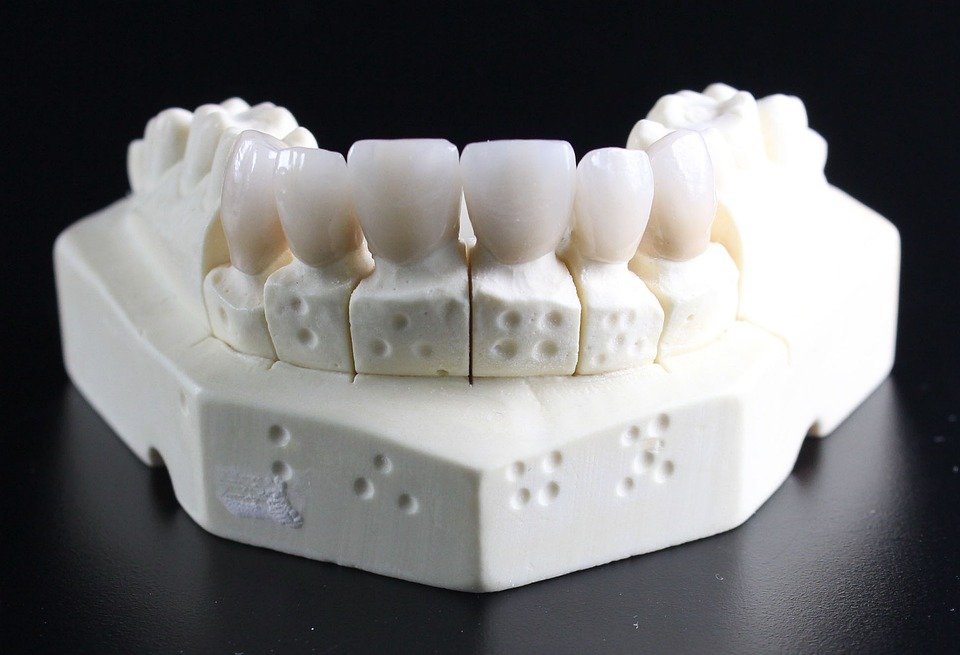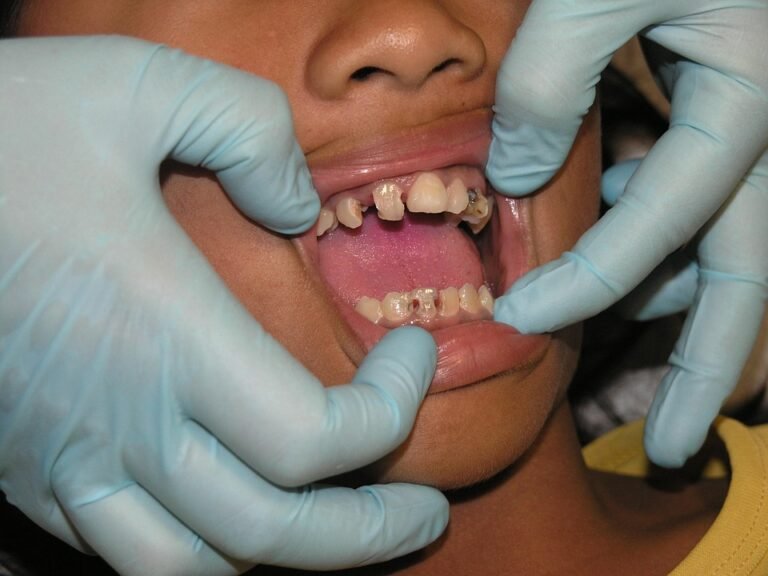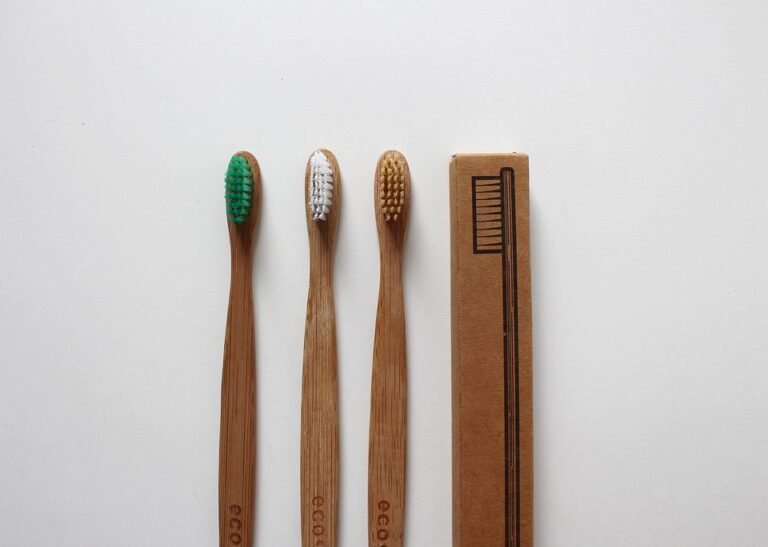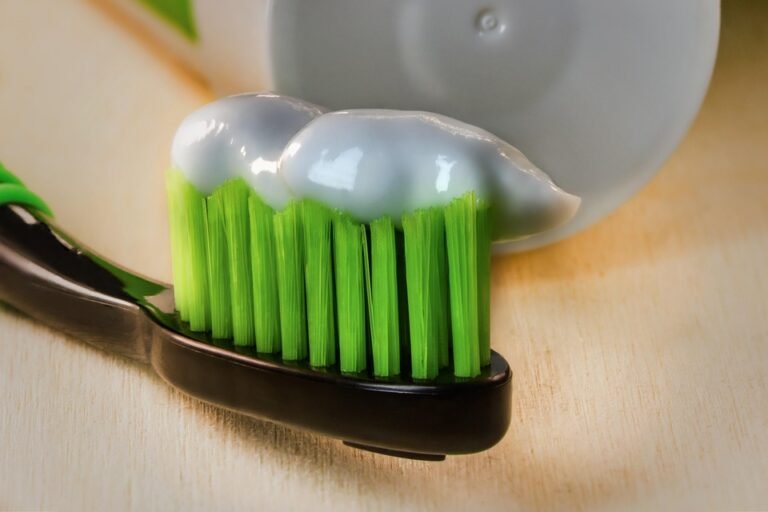What are the most sustainable floss options
Okay, so I’m trying to be way more eco-conscious, and dental hygiene is a big part of my routine. I’m currently using Glide floss, and frankly, I feel terrible every time I throw it away. It feels like such a waste of plastic!
So, what are the most sustainable options for floss? I’m looking for alternatives that are actually effective at cleaning between my teeth – I have pretty tight spaces, so it needs to be relatively strong and thin.
I’ve heard some buzz about silk floss, bamboo floss, and even water flossers. Are these really better for the environment? Are some options more durable than others? Also, what about the packaging? Is there floss that comes in completely plastic-free packaging?
Finally, if you have any specific brand recommendations that you’ve tried and liked (or disliked!), I’d love to hear them. Price is a factor, but I’m willing to pay a bit more for something that’s genuinely eco-friendly and works well. Thanks in advance for your help!
Answer
Sustainable floss options focus on reducing plastic waste, utilizing biodegradable or compostable materials, and minimizing environmental impact during production and disposal. Here’s a detailed breakdown of the most sustainable floss options available:
1. Silk Floss:
- Material: Silk floss is made from the fibers produced by silkworms.
- Biodegradability: Silk is a natural, biodegradable material. It can break down in a home compost or commercial composting facility within a reasonable timeframe (typically a few months).
- Production Considerations: The production of silk can raise ethical concerns regarding silkworm welfare. Look for brands that promote cruelty-free silk production or peace silk (Ahimsa silk), where silkworms are allowed to complete their lifecycle.
- Packaging: Silk floss often comes in refillable glass containers with metal lids, significantly reducing plastic waste. Refills are usually available in paper or cardboard packaging.
- Coatings: Some silk flosses are coated with natural waxes, such as beeswax or candelilla wax (a vegan alternative). Natural flavorings like mint essential oil may also be added.
- Advantages: Biodegradable, compostable, often comes in plastic-free packaging, gentle on gums.
- Disadvantages: Potential ethical concerns regarding silkworm welfare, may be more expensive than conventional floss.
2. Bamboo Floss:
- Material: Bamboo floss is made from bamboo fibers.
- Biodegradability: Bamboo is a rapidly renewable resource and is biodegradable. It breaks down relatively quickly in compost environments.
- Production Considerations: Bamboo cultivation generally requires less water and pesticides compared to other crops. However, it’s important to ensure that the bamboo is sourced sustainably.
- Packaging: Similar to silk floss, bamboo floss is often packaged in refillable glass containers with metal lids, promoting a zero-waste approach. Refills are available in paper or cardboard.
- Coatings: Bamboo floss is typically coated with natural waxes for smooth gliding between teeth.
- Advantages: Biodegradable, compostable, made from a renewable resource, often comes in plastic-free packaging, suitable for vegans when coated with candelilla wax.
- Disadvantages: The processing of bamboo into floss fibers can involve chemical treatments; inquire about the specific processes used by the brand.
3. Corn-Based Floss:
- Material: This type of floss is made from polylactic acid (PLA), a bioplastic derived from cornstarch.
- Biodegradability: PLA is biodegradable and compostable, but it typically requires industrial composting facilities with specific temperature and humidity conditions to break down effectively. It will not readily decompose in a home compost.
- Production Considerations: The production of PLA requires land and resources for corn cultivation. It’s important to consider the sustainability of the corn farming practices, including the use of pesticides and fertilizers.
- Packaging: Corn-based floss may come in cardboard packaging, but sometimes it is found in plastic dispensers. Look for brands committed to plastic-free or minimal plastic packaging.
- Coatings: Typically coated with wax.
- Advantages: Made from a renewable resource, biodegradable and compostable under specific conditions.
- Disadvantages: Requires industrial composting, the sustainability of corn farming practices is a factor, may be packaged in plastic.
4. Activated Charcoal Floss:
- Material: This floss is often made from a base material like bamboo fiber infused with activated charcoal.
- Biodegradability: Depends on the base material. If it is bamboo, it is biodegradable.
- Production Considerations: Activated charcoal is derived from sources like coconut shells or wood. The sourcing and processing of charcoal should be sustainable.
- Packaging: Often found in glass or metal containers.
- Coatings: Typically coated with wax.
- Advantages: May help with teeth whitening.
- Disadvantages: The sustainability of the charcoal sourcing, some charcoal flosses may contain other less sustainable materials.
5. Water Flossers (Oral Irrigators):
- Mechanism: Water flossers use a stream of pressurized water to clean between teeth and along the gumline.
- Sustainability: While water flossers are electronic devices and require electricity, they can significantly reduce or eliminate the need for disposable floss. The initial investment is higher, but they can be a more sustainable option in the long run.
- Advantages: Reduces the need for disposable floss, can be more effective at removing plaque and debris in hard-to-reach areas.
- Disadvantages: Requires electricity, higher initial cost, may require replacement parts over time.
6. Floss Picks with Replaceable Heads:
- Mechanism: These floss picks consist of a reusable handle and replaceable floss heads.
- Sustainability: By replacing only the floss head, you reduce the amount of plastic waste compared to traditional disposable floss picks.
- Advantages: Reduces plastic waste compared to disposable floss picks, more convenient for some users.
- Disadvantages: Still generates some plastic waste with the replaceable heads, the handle may eventually need to be replaced.
Factors to Consider When Choosing Sustainable Floss:
- Material: Prioritize floss made from biodegradable or compostable materials like silk, bamboo, or corn-based PLA.
- Packaging: Opt for floss that comes in refillable glass containers or minimal, plastic-free packaging.
- Coatings: Look for floss coated with natural waxes like beeswax or candelilla wax.
- Production Practices: Research brands that prioritize sustainable and ethical sourcing and manufacturing practices.
- Composting: If you choose a compostable floss, ensure you have access to a suitable composting facility (home or industrial) and follow the manufacturer’s instructions for composting.
- Personal Preference: Consider your own preferences regarding texture, flavor, and ease of use when selecting a sustainable floss option.
By carefully considering these factors, you can choose a floss option that effectively cleans your teeth while minimizing your environmental impact.






